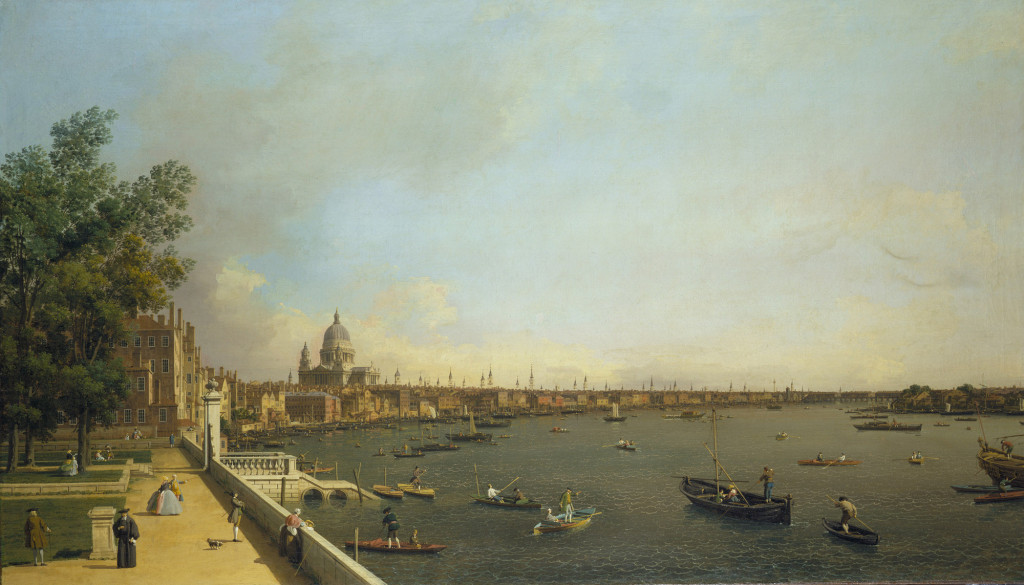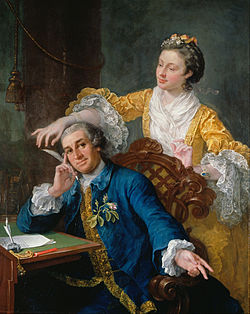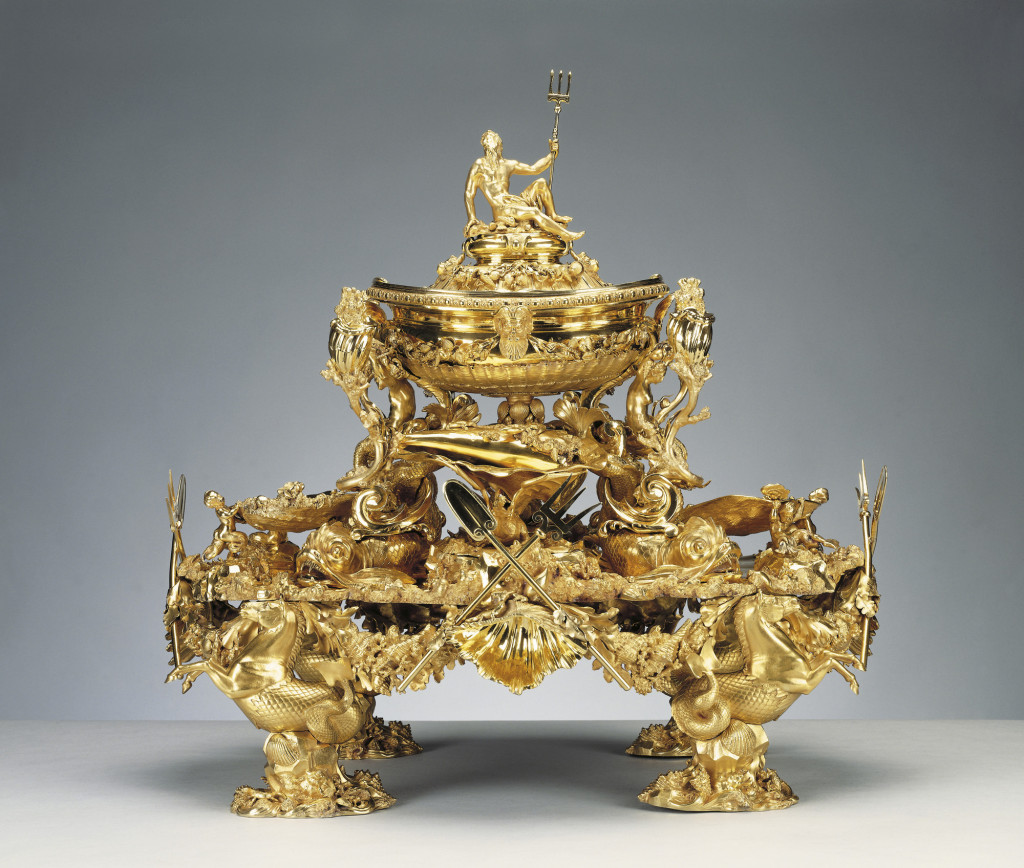Monday, October 20, 2014 is the 300th anniversary of the succession of the House of Hanover to the British throne. In celebration of this historic milestone, Robert Long has been exploring the rich, artistic culture of the Georgian Period and its particular relationship to the study of flowers, plants and other gifts of the natural world.
For the previous six months, aspects of 18th and early 19th century England were examined with the generous help of Emory University’s Department of History. A sincere thank you is extended to research assistant James Radcliffe for his diligent pursuit, keen insight and analysis of valuable information. Each week a different topic of interest was chosen and researched including Georgia architecture, art, landscape design, politics, city and country life, entertaining, fashion and theater. The result of this fun endeavor has been an eye-opening glimpse into both little known, obscure personalities with fascinating stories to tell as well as famous major players on a broader stage in “enlightened” English society. Overall, the research has left us with the overwhelming impression of the vast footprint the botanical world had on the Georgian decorative arts and its lasting contribution, especially to modern day design enthusiasts.
It is our goal to continue our journey of discovery and to present each week stories, anecdotes and little know tidbits of this fascinating world – The Georgian Period.



###